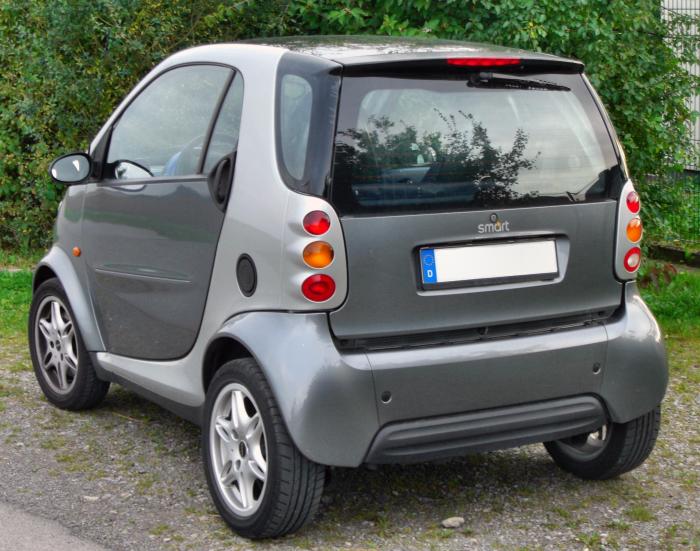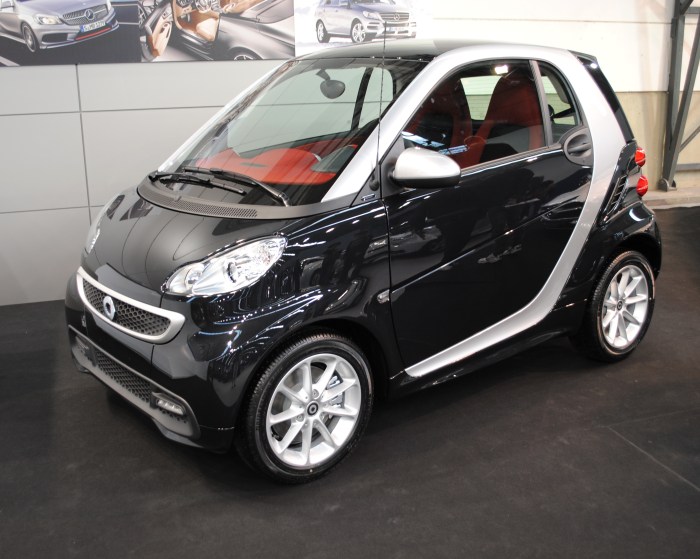How Smart Lighting Can Reduce Your Electricity Bill opens the door to a world where energy efficiency meets innovation. Imagine a home that not only illuminates your space but also actively cuts down on your energy expenses. Smart lighting systems are revolutionizing how we consume power, offering features that traditional lighting simply can’t match. By understanding the components, benefits, and transformative impact of smart lighting, you can take charge of your bills while enhancing your home’s ambiance.
This article delves into the mechanics of smart lighting, how it optimizes energy consumption, and the financial incentives that make it an attractive option for homeowners. We’ll explore real-life examples and future trends that promise even greater savings, providing you with a holistic view of how to harness this technology effectively.
Introduction to Smart Lighting
Smart lighting represents a significant leap in how we control and manage our illumination needs. By leveraging advanced technology, smart lighting systems integrate various components, such as LED bulbs, sensors, and smart home connectivity, to create a more efficient and user-friendly lighting experience. Unlike traditional lighting systems that rely solely on manual switches and standard bulbs, smart lighting offers automation, scheduling, and remote control capabilities.
The advantages of adopting smart lighting technologies extend far beyond mere convenience. These systems not only enhance the ambiance of a space but also contribute to energy savings and improved safety. As more households and businesses transition to smart lighting, the benefits become increasingly evident.
Energy Efficiency of Smart Lighting

Smart lighting technology is designed to optimize energy consumption in ways that conventional lighting sources cannot match. By utilizing LED technology and sophisticated control mechanisms, smart lighting significantly reduces energy waste. For instance, smart bulbs can adjust their brightness based on the time of day or the presence of natural light, ensuring that energy is only used when necessary.
When comparing energy usage, smart lighting systems typically consume up to 80% less power than traditional incandescent bulbs. Many smart lighting systems, such as Philips Hue or LIFX, showcase this energy efficiency by providing dimmable options and customizable settings that adapt to user preferences. This adaptability not only lowers electricity bills but also promotes a more sustainable lifestyle.
Automation and Control Features
Automated features in smart lighting systems play a crucial role in achieving cost savings. Users can easily schedule their lighting to align with their daily routines, ensuring that lights are only on when needed. For example, a user might program their outdoor lights to turn on at sunset and off at sunrise, reducing energy expenditure during daylight hours.
Motion sensors and dimmers further enhance this efficiency by adjusting lighting based on occupancy. In many smart lighting systems, lights will automatically dim or turn off when a room is unoccupied, providing an additional layer of energy conservation. These features not only promote savings but also enhance the overall convenience of managing household lighting.
Integration with Smart Home Systems
Smart lighting can seamlessly integrate with other smart home devices, creating a cohesive ecosystem that enhances energy management. By connecting smart lighting to thermostats, security systems, and smart speakers, homeowners can create scenarios that optimize energy usage throughout the house. For example, lights can be programmed to dim when a smart thermostat adjusts the temperature, ensuring comfort while minimizing energy costs.
A connected smart home offers numerous benefits for energy savings, including the ability to monitor usage patterns and receive alerts about energy consumption. This comprehensive approach allows homeowners to make informed decisions about their energy usage, leading to more efficient households.
Case Studies and Real-Life Examples
Numerous households and businesses have successfully implemented smart lighting, showcasing significant savings on their electricity bills. For instance, a case study from a medium-sized retail store reported a 30% reduction in energy costs after installing a smart lighting system. By using motion sensors and scheduling features, the store was able to limit lighting to peak hours, resulting in substantial financial savings.
In residential settings, a family that upgraded to smart lighting reported a 25% reduction in their monthly electricity bill. Testimonials from these users highlight not only the financial benefits but also the enhanced comfort and convenience that smart lighting systems provide in their daily lives.
Financial Incentives and Rebates, How Smart Lighting Can Reduce Your Electricity Bill

Homeowners interested in upgrading to smart lighting may find various financial incentives and rebates available through local utility companies or government programs. These incentives can significantly offset the initial investment, making smart lighting a more affordable option. To find applicable incentives, consumers can research their utility provider’s offerings or explore government websites that list energy efficiency programs.
The long-term financial benefits of investing in smart lighting extend beyond immediate rebates. By reducing electricity consumption, these systems can lead to substantial savings over time, making them a wise choice for budget-conscious consumers.
Future Trends in Smart Lighting
Emerging technologies in smart lighting are poised to further reduce energy costs while enhancing user experience. Innovations such as adaptive lighting, which adjusts based on user behavior and preferences, are becoming more prevalent. Additionally, advancements in artificial intelligence may lead to smarter systems that can predict user needs and optimize energy consumption even further.
As the market for smart lighting continues to grow, consumer adoption is expected to accelerate. Analysts predict that by 2025, the smart lighting market will reach a value of over $100 billion, driven by increasing awareness of energy efficiency and the benefits of smart home integration. This trend reflects a broader shift towards more sustainable living practices and the increasing importance of energy management in modern households.
Outcome Summary: How Smart Lighting Can Reduce Your Electricity Bill

In conclusion, embracing smart lighting technology is not just a trend; it’s a smart financial strategy. By automating your lighting and integrating it with other smart home systems, you can significantly reduce your electricity bills while enjoying enhanced convenience and comfort. As we move towards an increasingly connected future, the potential for savings and efficiency with smart lighting will only grow, making it a wise choice for any modern household.